Results torque meter 18th and 19th
on Monday, November 24th, 2025 12:46 | by Fridrik Kjartansson

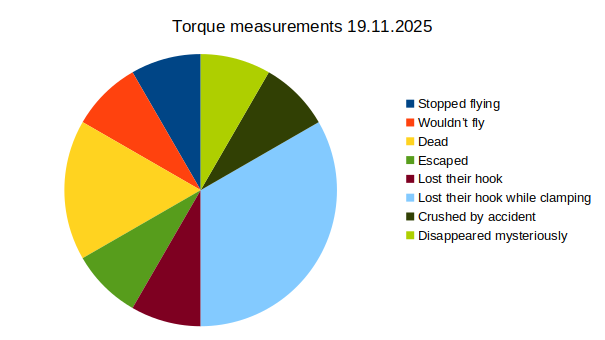
Category: Uncategorized | No Comments
Confocal images 21.11.2025 powerpoint
on Monday, November 24th, 2025 10:51 | by Fridrik Kjartansson
Category: Uncategorized | No Comments
WTB Learning Test
on Monday, November 24th, 2025 10:47 | by Ipek Subay

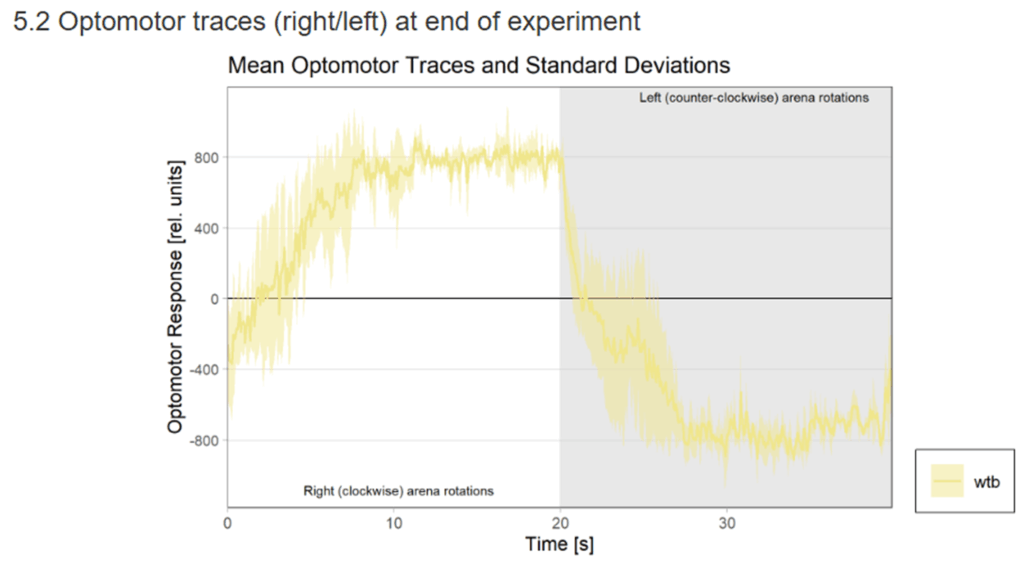
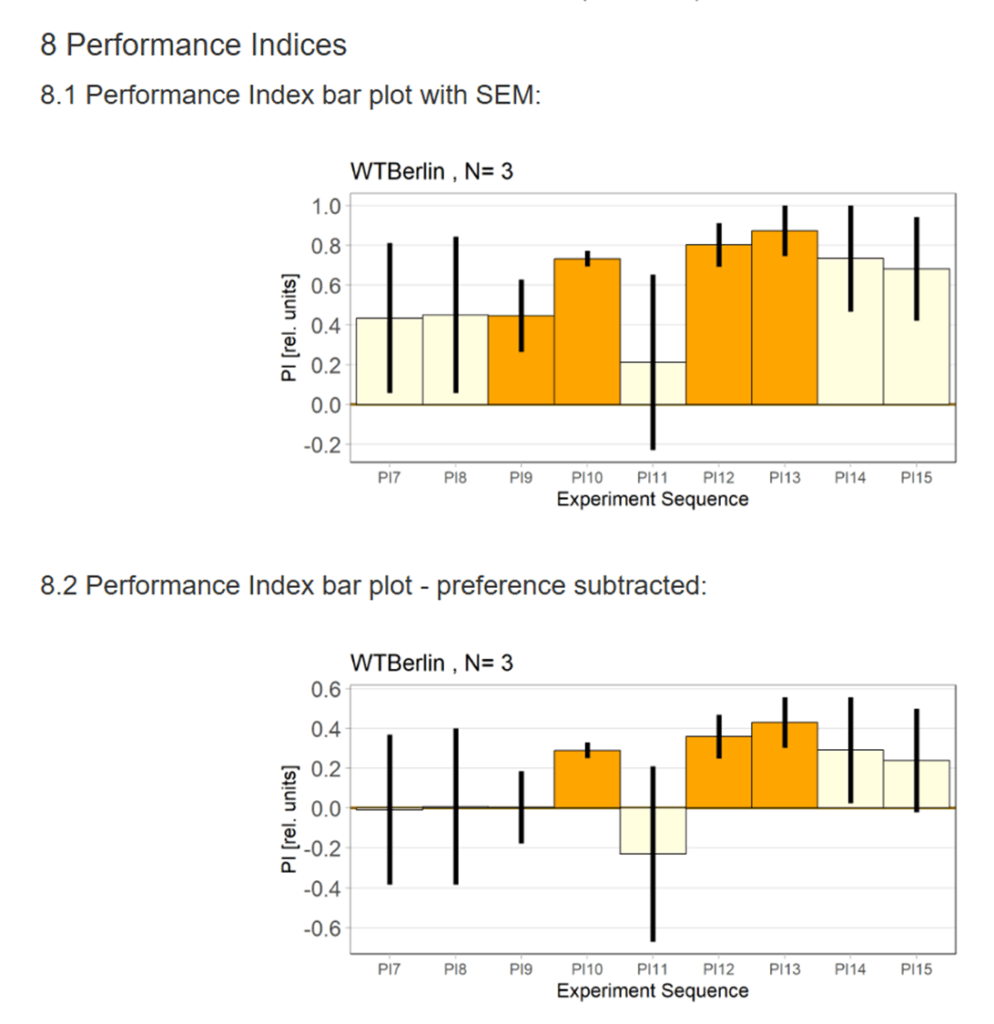
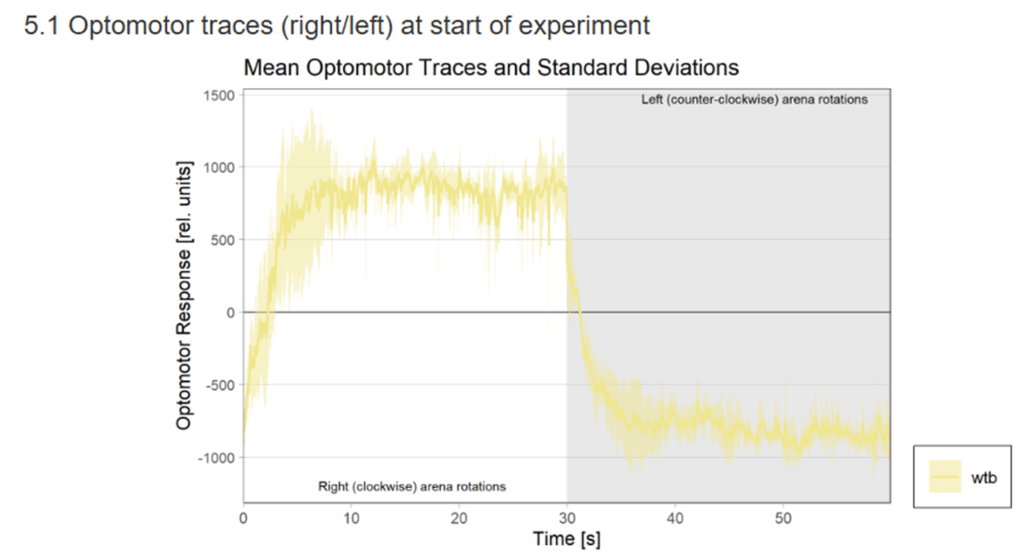

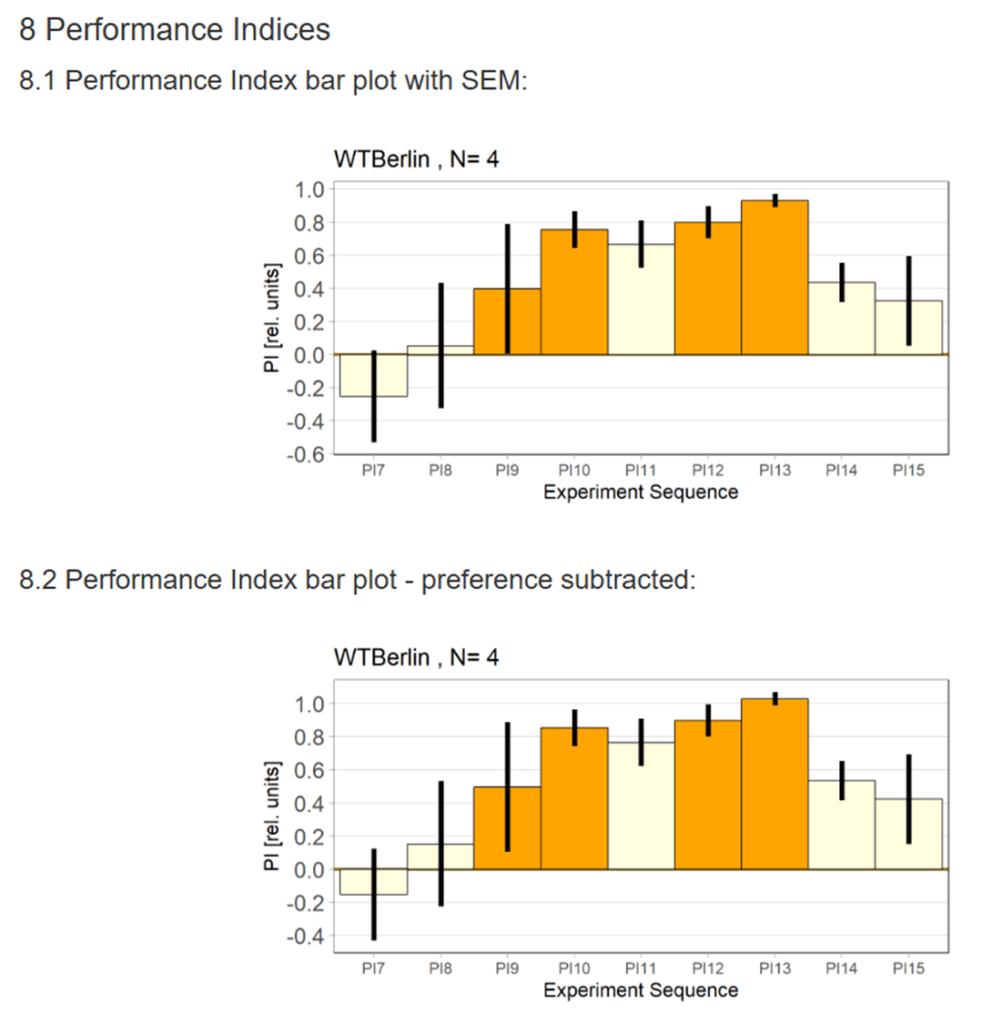
Category: Uncategorized | No Comments
Confocal images
on Monday, November 24th, 2025 10:20 | by Fridrik Kjartansson
Category: Uncategorized | No Comments
Work flow molecular work
on Monday, October 27th, 2025 1:03 | by Julia Schulz
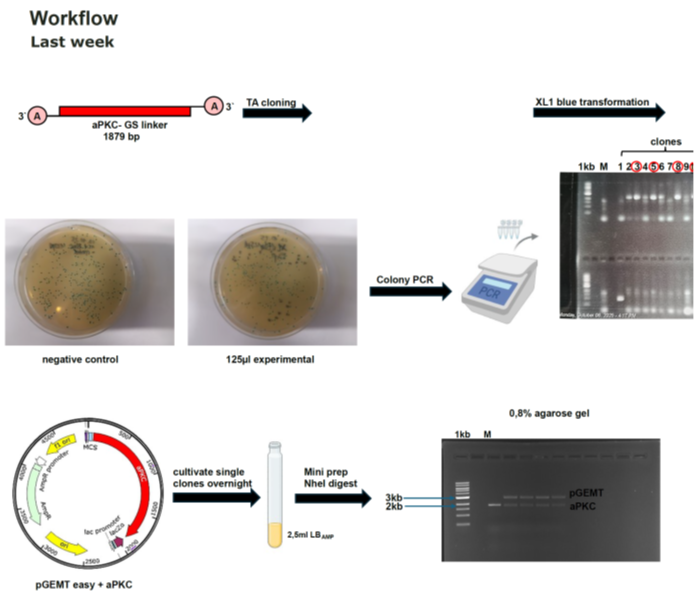
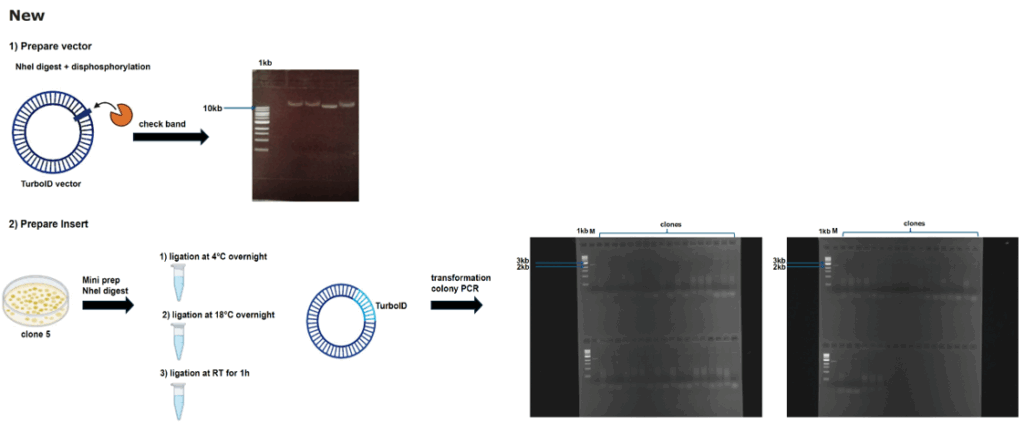
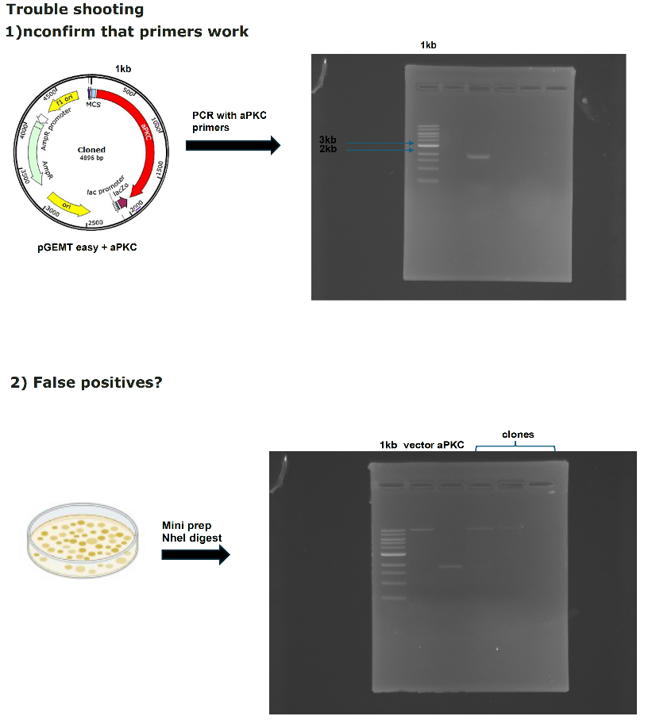
Category: Uncategorized | No Comments
WTB fly, first test
on Monday, October 20th, 2025 12:21 | by Fridrik Kjartansson
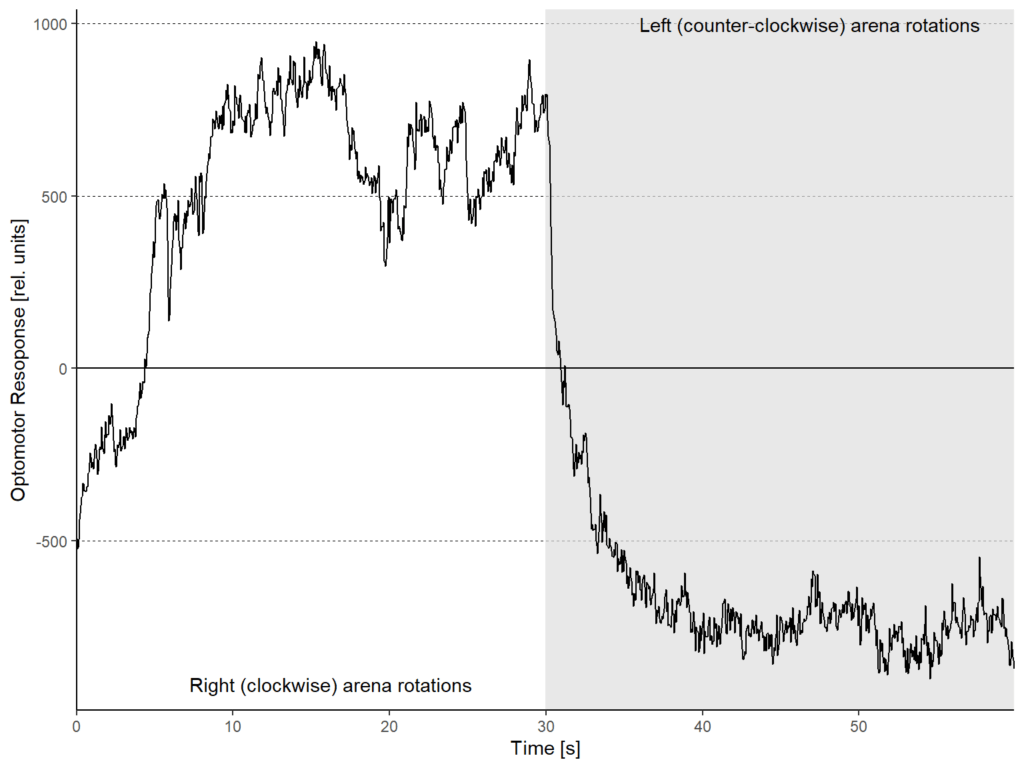
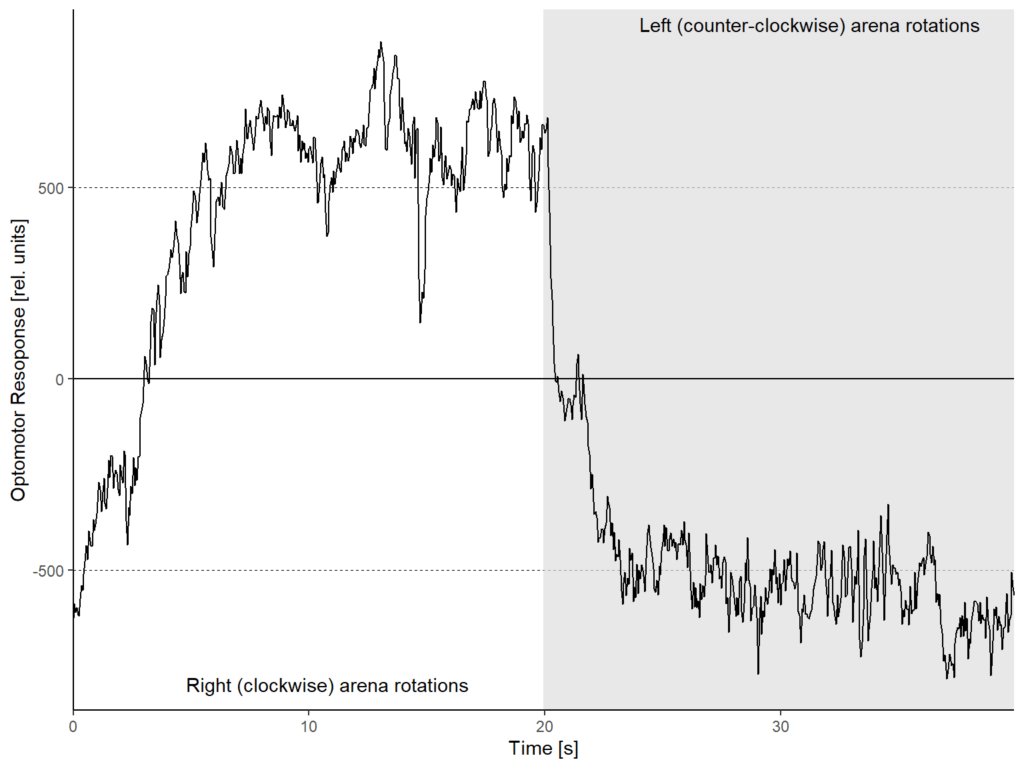
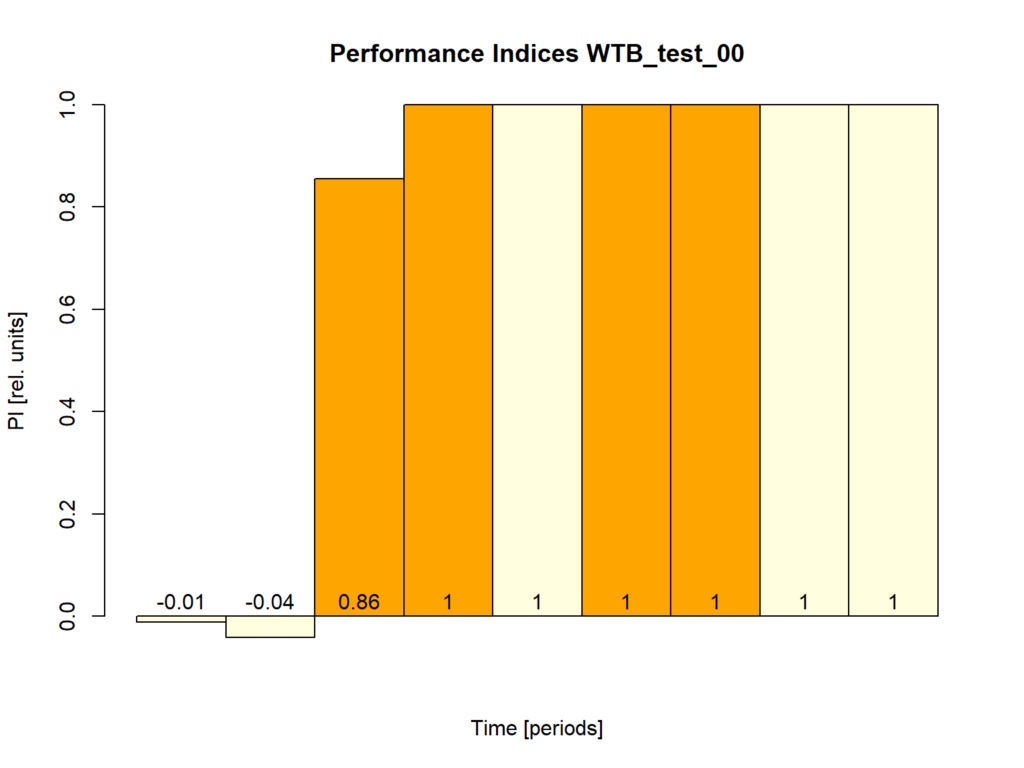
Category: Uncategorized | No Comments
Summary molecular work
on Monday, October 13th, 2025 1:58 | by Julia Schulz
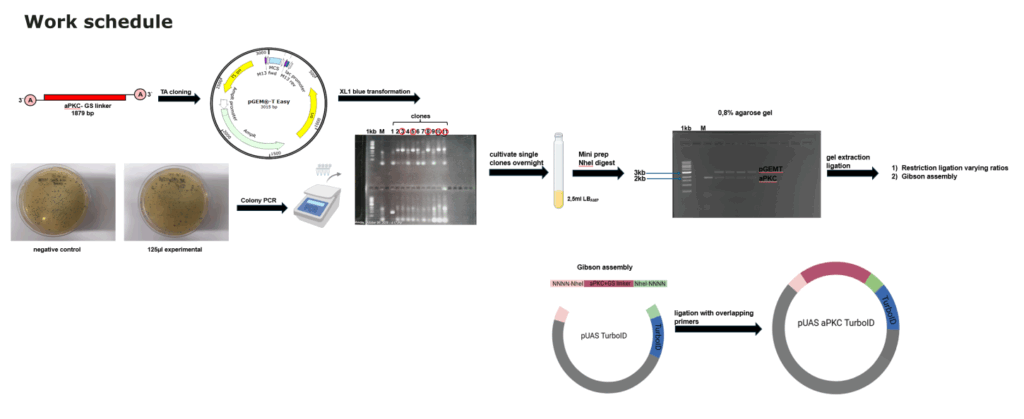
Category: Uncategorized | No Comments
Yt learning_positioning effect
on Monday, June 30th, 2025 11:47 | by Julia Schulz
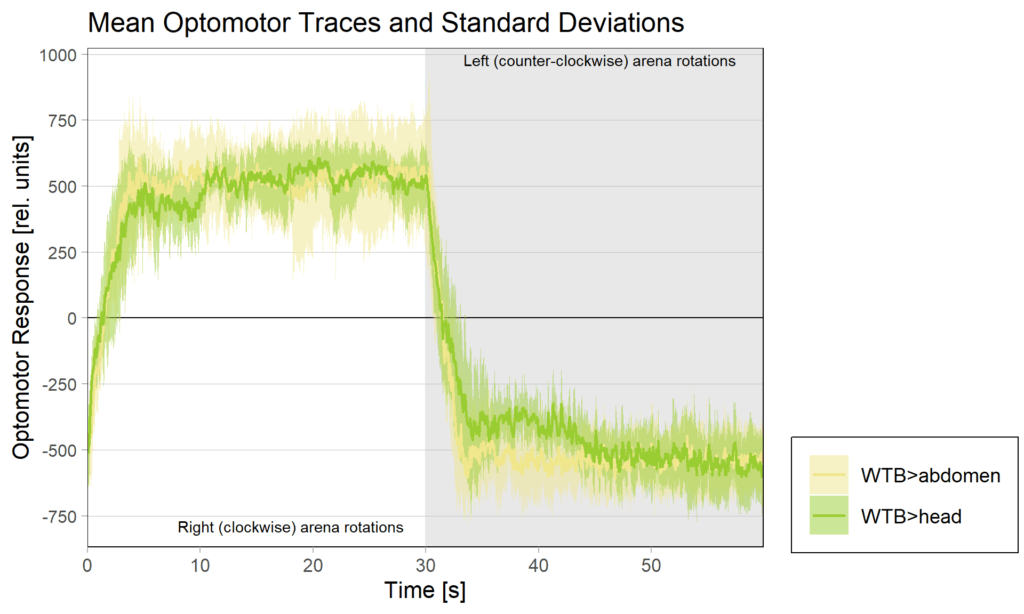
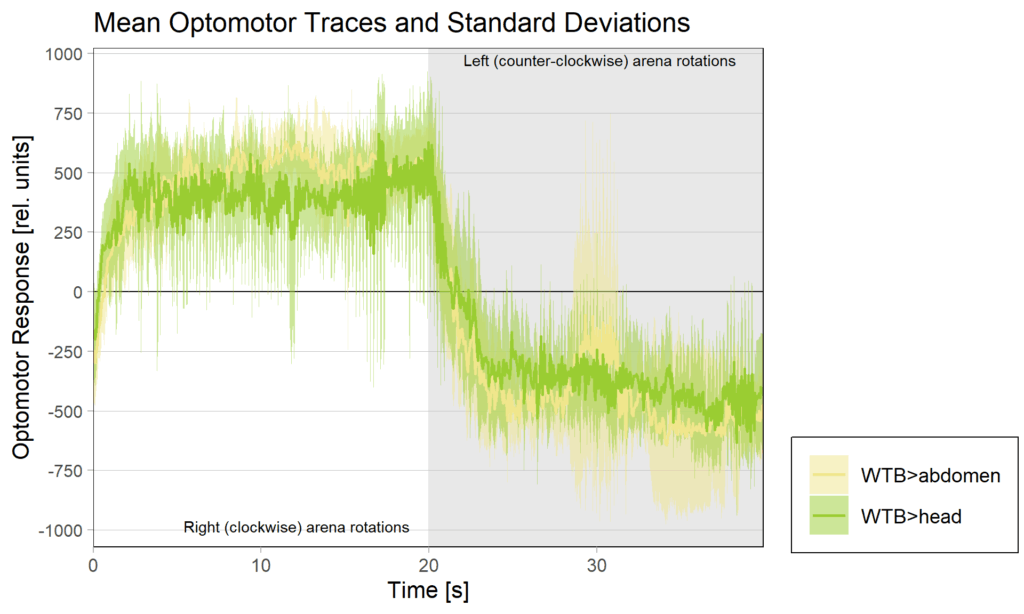

side bias can be compensated for by changing the positioning of the flies within the copper clamp from the medial to the lateral side facing away from the wall.
Category: Operant learning, operant self-learning, Uncategorized | No Comments
Gustatory preference results
on Monday, June 2nd, 2025 2:03 | by Eva Schächtl

Gustatory preference under redlight

Gustatory preference under bluelight
Category: Food preference, genetics, Larve, neuronal activation, Optogenetics, Uncategorized | No Comments
JoyStick results for re-testing PPM2 flies
on Monday, June 2nd, 2025 1:58 | by Daniel Döringer

It’s not yet confirmed, that the 3IY treatment is working
Category: Optogenetics, Uncategorized | No Comments
